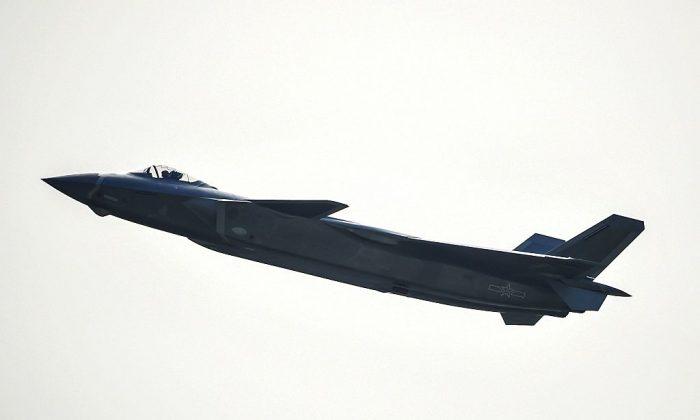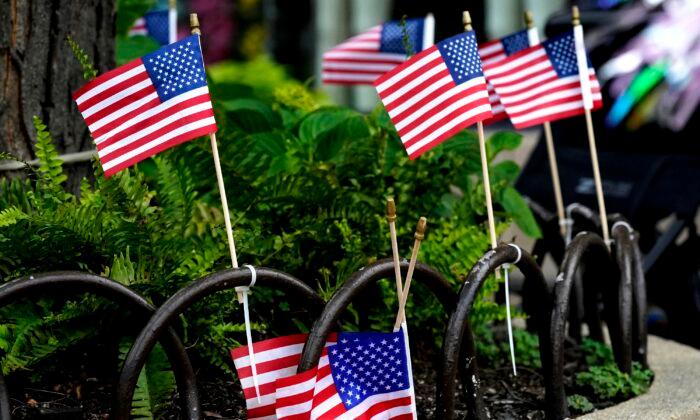Commentary
Russia’s Defense Minister and Putin crony Sergei Shoigu
seems to be missing, allegedly sidelined with heart problems. At present no one is sure what this is: A true medical emergency? A political decision by Putin? Or a protest by Shoigu over the war in Ukraine?
It’s well known that Shoigu has been under pressure not only to win the war, but also from his family members, especially his daughter, who oppose the war in Ukraine and no doubt blame their father. Shoigu’s daughter, Ksenia, age 31, has reportedly been wearing Ukrainian flag colors as part of the family upheaval.
But the bigger picture is more worrisome than any family problems experienced by the defense minister.
Russian President Vladimir Putin appears to be incensed not only with the generally poor performance of the Russian invasion force, but even more so by the advice he has been given by both the military and intelligence organs, and by
leaks of sensitive internal information to the West. Some military and FSB (Russia’s security service replacing the KGB) top personnel
are allegedly already under house arrest, according to reports.
Meanwhile, unlike Western armies that rely heavily on non-commissioned officers to lead fighting forces,
Russian generals and senior colonels appear to be on the front lines, and are getting killed. At the latest count, along with five dead Russian generals, there are reportedly some 10 senior colonels who have died in the fighting. Some of them have been taken out by skilled Ukrainian snipers, many of them trained by U.S. and NATO special forces.
Putin’s effort to short circuit the dismal war mess by trying to decapitate Ukraine’s leadership also has failed. Different
teams sent to assassinate Ukraine’s leaders, including Ukrainian President Volodymyr Zelenskyy, have either been intercepted and killed, or captured. This includes top
Spetsnaz operatives,
Chechen fighters,
Wagner Group forces, and others. In at least one case, perhaps more, the Ukrainians were tipped off and caught the intruders flat footed.
These developments are very negative for Putin. While he can surely keep up the pounding of some eastern Ukrainian cities such as
Mariupol, his forces have failed to take the city or force its surrender.
Mariupol is the southernmost city, which the Russians regard as part of Donetsk. It was the scene of fighting in 2015 where the Ukrainians were able to push back and defeat irregular forces coming from Donetsk who were supported by artillery strikes
organized by Russian officers. It would appear that Putin’s strategy is to build out a larger Donetsk enclave that, like Crimea, will be a thorn in Ukraine’s side far into the future.
Russians killed and wounded are now impacting the domestic scene. In Russia, Komsomolskaya Pravda, a pro-regime former communist newspaper, published the following number of Russian casualties:
9,861 Russian soldiers killed and 16,153 wounded. Komsomolskaya Pravda pulled the numbers after claiming their website had been hacked. It’s more likely that they removed them under official pressure to do so.These are very sensitive numbers for Russians. In Afghanistan between 1979 and 1989 the Soviet Union lost around 15,000 soldiers. If the three weeks of the Ukraine war is taken into account, and if extrapolated to only one year, the losses for Russia would be staggering: using the alleged Russian death count as a basis, 170,924 killed and 280,140 wounded. It was Afghanistan that helped topple the Soviet Union as the Russian ruling class, the
Nomenklatura, rebelled and stopped supporting the communist regime.
Putin surely knows his support is crumbling, even if he stages mass events to try to show the country supports him (and where the
video feed was apparently sabotaged). Putin has not held any major meetings featuring his military leaders, has not traveled to rally the troops, as one would expect from a wartime leader, and has been mostly holed up inside the Kremlin. His few speeches, aside from the rally delivered over television, are
not models of rationality, and his claims of Nazis lurking in Ukraine are unsubstantiated and do not constitute, in any case, a casus belli.
The Ukraine war is best understood as the outcome of a fairly lengthy conflict that goes back in part to the NATO
Bucharest Summit Declaration in April 2008 where the heads of state and governments declared that Georgia and Ukraine would become part of NATO. Along with the declaration came a steady buildup of NATO efforts to strengthen Ukraine’s military and to build bases where NATO forces could operate with Ukrainian forces. The effort included
preparing Ukraine’s ports for U.S. and other NATO warships—the United States paid for preparations at Ochakiv Naval Base and the military facility at Mykolai (recently surrounded by Russian forces).
Russia has long objected to Ukraine joining both the EU and NATO, as the Russians also objected to expanding NATO in eastern Europe. The Russians argue that former President Boris
Yeltsin was promised there would be no NATO expansion, and similar assurances were given to Putin, who at one point thought Russia might also join NATO. Ukraine’s President
Viktor Yanukovych was ousted after protests in Kiev (he was from Donbas) after he broke a promise under pressure from Putin and decided not to join the EU. With this upheaval in Ukraine, which the Russians saw as the work of U.S. and NATO agents, Russia grabbed Ukraine and organized resistance in Donetsk and Luhansk.
During the Trump administration the reinforcement of Ukraine’s forces continued. However, the Russians saw an important window of opportunity after the U.S. debacle in Afghanistan, and a rising challenge to U.S. power thanks to China. At the same time it was clear to Russian policymakers that despite a lot of talk, NATO remains weak and divided, giving the Russians more or less a free hand to move militarily unless they could get the United States and Ukraine to make significant concessions. Biden not only refused, but Washington used harsh language confronting Russia (even while, at the same time, making it clear that neither the United States nor NATO would send any forces to Ukraine). The Russians proposed negotiations over security in eastern Europe, asked for western security guarantees, and complained about the alleged introduction of nuclear cruise missiles in Poland and Romania. The United States (and dutifully, NATO) rejected all the Russian assertions, giving Putin and his foreign minister, Sergey Lavrov, a black eye. These events, and a Russian intelligence assessment that Ukraine could be quickly defeated, allowed Putin to strike.
In retrospect, the Russian strategy backfired. Russia, despite a large invading force, heavy armor, and air power, has failed to break Ukraine’s resistance. Russia has turned to using long-range rockets and air strikes against both military and civilian targets. In fact, attacks on schools, apartment buildings, theaters, and city administration buildings, and the reported wanton shooting of civilians by Russian troops, are
war crimes. Russia has lost large amounts of equipment, tanks, armored fighting vehicles, air defense systems, electronic warfare systems, fighter-bomber aircraft, and helicopters. Russian soldiers have been captured, some have deserted.
Putin’s Options
Putin can continue the war, but the personal risk will continue to grow as bodies are returned home and as the Russian public, especially in government and military circles, oppose the invasion. At some point, soon, there will be a crossover—where instead of opposing the war, leading elites hold Putin responsible for the carnage. Shoigu’s heart condition is one symptom of the emerging crossover. So too are reports where real facts about casualties are reported. The regime’s attempt to impose fines and jail terms on dissidents can also backfire, as the punishments for dissent are imposed on popular figures, including artists and
journalists, who are respected. Calling war opponents fascists and traitors also has a short half life.
Putin probably hopes Zelenskyy and the Ukrainians will buckle and surrender. By now this looks increasingly unlikely, but whether Putin understands that is not clear. What is clear is that he understands the deteriorating political situation in Russia.
To head off a fatal upheaval, Putin badly needs to negotiate a settlement. Some progress is being made in the ongoing technical negotiations between Ukraine and Russia, which Zelenskyy says are now taking place every day. But slow progress falls short of reaching a settlement. Putin will need to personally negotiate a deal with Ukraine’s Zelenskyy.
If Putin delays looking for a better deal in the future, he may lose everything. The chances for Putin’s overthrow have never been greater.
Views expressed in this article are opinions of the author and do not necessarily reflect the views of The Epoch Times.





